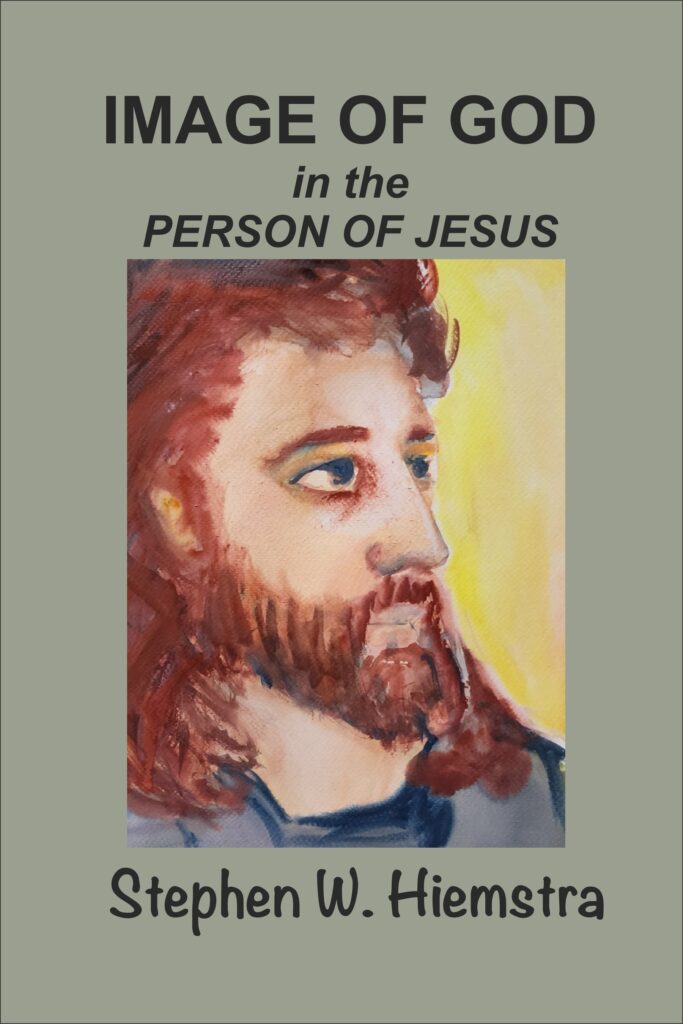Imagen del Espíritu Santo y la Iglesia

- Imagen del Espíritu Santo y la Iglesia
- Imagen de Dios en las Parábolas
Si la Biblia es un documento de alcance escrito por y para misioneros, entonces el Espíritu Santo es el instrumento de ese llamado evangélico. La Imagen del Espíritu Santo y la Iglesia examina la descripción bíblica del Espíritu Santo desde antes de Pentecostés y el llamado a la iglesia en vista de los desafíos actuales.
Mi libro reciente, Image and Ilumination (2023), planteó la pregunta: ¿Qué significa ser creado a imagen de Dios?, con un enfoque en la antropología cristiana. Esta pregunta está arraigada en la pregunta metafísica: ¿Quién es Dios? El Nuevo Testamento aborda esta pregunta con tres imágenes de Dios: la persona de Jesús, la enseñanza de Jesús sobre Dios Padre en las parábolas y la fundación de la iglesia en Pentecostés por el Espíritu Santo. En este libro, me centro en la Imagen del Espíritu Santo y la Iglesia en un formato devocional con reflexión, oración y preguntas para dialogar sobre cada tema.
Escuche las palabras; Camine los pasos; ¡Experimenta la goza!
Pastor Julio Martínez wrote:El libro Imagen del Espíritu Santo y la Iglesia es una herramienta fundamental para la iglesia en el siglo 21. El mundo de hoy necesita saber quien es el Espíritu Santo y cual es la obra de la iglesia el día de hoy. El estudio hace un recorrido tanto del Antiguo como del Nuevo Testamento sobre lo que dicen las Escrituras con relación al Espíritu Santo y su obra en el mundo y en la iglesia que busca ser fiel a su Señor en un tiempo posmoderno. Mi buen amigo Stephen W. Hiemstra nos ha entregado una herramienta que era útil para equipar a los santos para la obra del ministerio. Yo recomiendo este libro con mucho entusiasmo.
Rev. Eddy Alemán
General Secretary
Reformed Church in America
Sofía Martínez Lafarga wrote:Imagen del Espíritu Santo y la Iglesia de Stephen W. Hiemstra es una obra profundamente inspiradora que resalta el papel vital y transformador del Espíritu Santo en la vida de la Iglesia. Con claridad y profundidad bíblica, el autor nos recuerda que sin la presencia y la guía del Espíritu, la Iglesia no puede cumplir su propósito ni reflejar el carácter de Cristo. Este libro nos invita a ver la imagen del Espíritu Santo a través de los ojos de Jesús, revelando cómo Él nos conduce a la verdad, nos empodera en el servicio y nos une como cuerpo de Cristo. Una lectura necesaria para quienes desean experimentar a la Iglesia no como institución, sino como una comunidad viva, guiada y sostenida por el Espíritu Santo.
Pastor Julio Martínez
Shadai Phoenix / Legendarios Arizona
Este libro muestra la importancia y lo tan esencial que es tener el Espíritu Santo como herramienta para poder evangelizar. Stephen W. Hiemstra a través de su libro nos muestra cómo es el verdadero imagen del Espíritu Santo y la Iglesia. Este libro demuestra el rol tan importante que juega el espíritu santo dentro de la iglesia. Su libro te ayudará a visualizar cómo es la iglesia y el espíritu santo con los ojos de Cristo.
Sofía Martínez Lafarga
Video Blogger[1]

[1] https://youtube.com/@sofiaisabellapiano?si=9rPb8kfDci7CulyD










